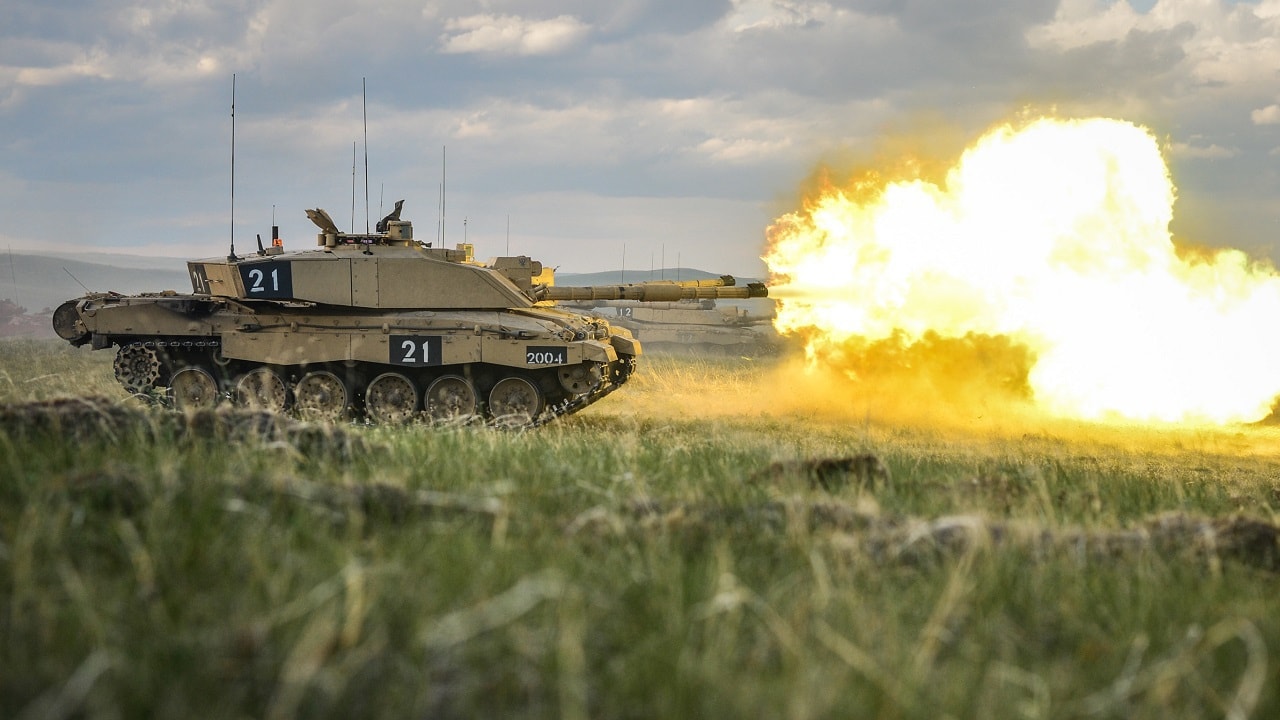As NATO countries continue to assist Ukraine in its effort to push back Russian troops making major advances in the eastern region of Donbas, NATO secretary-general Jens Stoltenberg is doubling down on NATO’s commitment to reducing greenhouse gas emissions.
Stoltenberg said on Tuesday that NATO countries will reduce emissions by at least 45% by 2030 and reach net-zero emissions by 2050 – an ambitious goal that requires military equipment to go green. It will also require the military alliance’s 30 member states to quickly find an alternative to coal, which is already being touted as a temporary replacement for Russian gas.
What Did Stoltenberg Say?
Speaking in Madrid, where a NATO summit is taking place between June 28 and 30, Stoltenberg stressed that the goal would be difficult to achieve but “can be done.”
“We cannot compromise our military effectiveness. NATO is about preserving peace through a credible deterrence and defense. Nothing is more important,” Stoltenberg said, adding that failing to preserve peace also means failing to “fight climate change.”
“At the same time, we also have a responsibility to reduce emissions.”
While the timing will likely raise eyebrows, given the severity of the crisis in Ukraine, it is true that the United States military is a major polluter – and that NATO’s militaries combined are a major contributor to greenhouse gases.
According to data compiled by Neta Crawford, a Boston University political science professor, the United States military emits billions of metric tons of greenhouse gasses. Data from the Department of Energy showed how since the beginning fo the Global War on Terror that began in the wake of the September 11, 2001 terror attacks, the U.S. military has produced over 1.2 billion metric tons of greenhouse gases.
It’s not just an American problem, either. According to the British Ministry of Defence, the United Kingdom’s military emits 3 million tons of carbon dioxide equivalent every year. Data from Scientists for Global Responsibility, however, suggests that the true figure is closer to 11 million tons.
Years In The Making
This isn’t the first time that NATO has explored the idea of making military operations more energy-efficient and environmentally friendly. In April 2019, military officials from 29 countries, including the United States, announced a series of tests designed to see whether energy-efficient equipment and hybrid diesel-solar power systems could be integrated into their operations.
NATO Environment and Smart Energy Officer Susanne Michaelis told NBC News at the time that NATO countries would focus not just on the environmental impact of military activities but also on the efficient use of energy.
“Put differently, it is about military effectiveness,” Michaelis said, adding that a “smaller environmental footprint” of the military is a “win-win outcome.”
In June of that year, NATO conducted the tests in Poland during Exercise Capable Logistician 2019. The exercise included 3,450 NATO troops and around 1,000 pieces of equipment were tested.
Susanne Michaelis confirmed how the tests saw the United States and Italy successfully build a “smart micro-grid for supplying energy to camp tents by connecting their hybrid power sources via an interoperable software that powers-up diesel generators only when needed.” Michaelis also said that a 90% fuel reduction was achieved using Canadian energy monitoring kits.
Jack Buckby is a British author, counter-extremism researcher, and journalist based in New York. Reporting on the U.K., Europe, and the U.S., he works to analyze and understand left-wing and right-wing radicalization, and reports on Western governments’ approaches to the pressing issues of today. His books and research papers explore these themes and propose pragmatic solutions to our increasingly polarized society.

